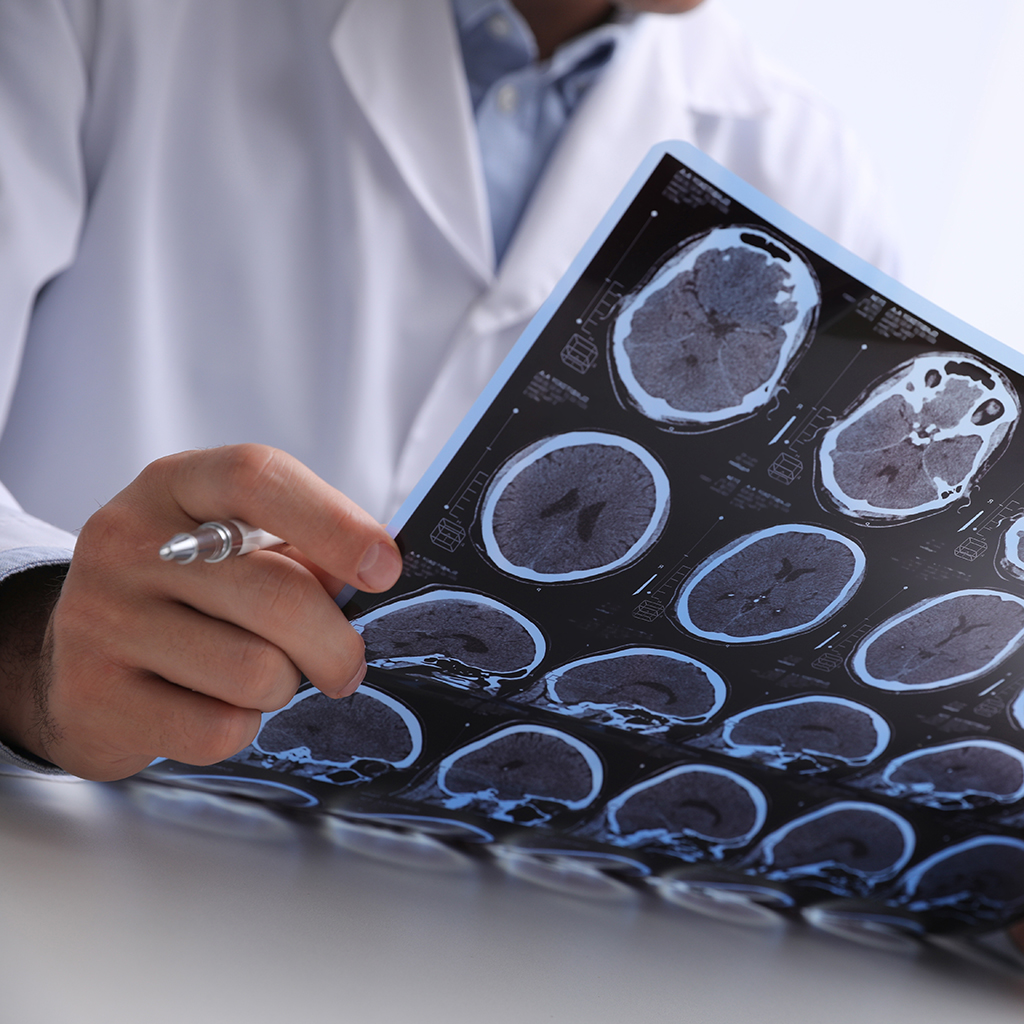Demyelination disease: what is it?

Publication date: 12-07-2022
Updated on: 01-03-2023
Topic: Neurology
Estimated reading time: 1 min
Article Author
Sofia Erica Rossi
Medical Editor
Massimo Filippi
Editor and Translator
Viktoryia LuhakovaThe condition, which consists in the loss of the sheath that covers nerve fibers, is associated with several diseases and can affect both the peripheral nervous system and the central nervous system.
Demyelination consists in the thinning or complete loss of the myelin sheath, a layer that covers the nerve fibers in both central and peripheral nervous systems and which is essential to ensure its proper functioning.
In fact, myelin acts both as an insulator and as a protection: in case of damage, the electrical signal travels more slowly and consequently is dispersed or blocked, while the nerve cells are more vulnerable and subject to degeneration. This is why many of the demyelinating diseases, that is, associated with demyelination, are also neurodegenerative diseases, such as multiple sclerosis.
We talk about it with Professor Massimo Filippi, Head of Neurology, Neurorehabilitation and Neurophysiology Units of the Ospedale San Raffaele and full professor of neurology at the Vita-Salute San Raffaele University.
Causes of demyelination
Causes of demyelination are many and can be very different from each other. Among the most frequent are autoimmune conditions such as multiple sclerosis, in which autoantibodies and immune system’ cells, after having migrated to the central nervous system, trigger an inflammatory process that leads to the lesion of the myelin sheath.
“Demyelination can be the consequence of an abnormal immune response following infectious phenomena, as in case of Guillain-Barré syndrome, a demyelinating disease of the peripheral nervous system.
Metabolic disorders can also be at the origin of the myelin loss, together with substance abuse (such as alcohol) or vitamin B12 deficiency. Finally, there are demyelinating diseases of genetic origin, such as Tay-Sachs disease, which have early manifestation,” explains Professor Filippi.
Only basic research will help us to identify the molecular mechanisms at the origin of the demyelination process on a case-by-case basis, and thus develop increasingly targeted and effective therapies.
Symptoms
“Since this category of diseases includes conditions that are also very different from each other, both by cause and by clinical evolution, symptoms and signs also vary greatly depending on the type of nerve fibers that are affected and the speed of progression,” explains Professor Filippi.
Among the most common symptoms there are:
- loss of sensitivity and muscle strength, leading to paralysis;
- stiffness;
- impaired motor coordination.
Vision or hearing problems, cognitive deficits and depression can also be manifested.
Diagnosis
“In case of demyelinating diseases of the central nervous system, the most powerful diagnostic tool to correctly identify the cause is MRI, of which San Raffaele is an international reference center.
Collected data is integrated into clinical evaluations, neurophysiological examinations, laboratory tests, conducted on the cerebrospinal fluid, and any genetic tests, with the aim of identifying specific biomarkers for each disease,” continues Massimo Filippi.
Treatment of demyelinating diseases
Unfortunately, for many diseases characterized by the loss of myelin there are no definitive therapies. However, the drugs available to control the processes that lead to irreversible neurological deficits through damage to the myelin sheath are numerous and effective, especially for multiple sclerosis. If used promptly and correctly they can make a difference for quality of life and slow the progression of the disease.
”For patients suffering from these conditions it is essential to formulate an early diagnosis and start a 360° therapeutic path, in which possible use of specific drugs must be accompanied with physiotherapy sessions and, possibly, cognitive training, which plays a fundamental role in damage recovery,” concludes prof. Filippi.